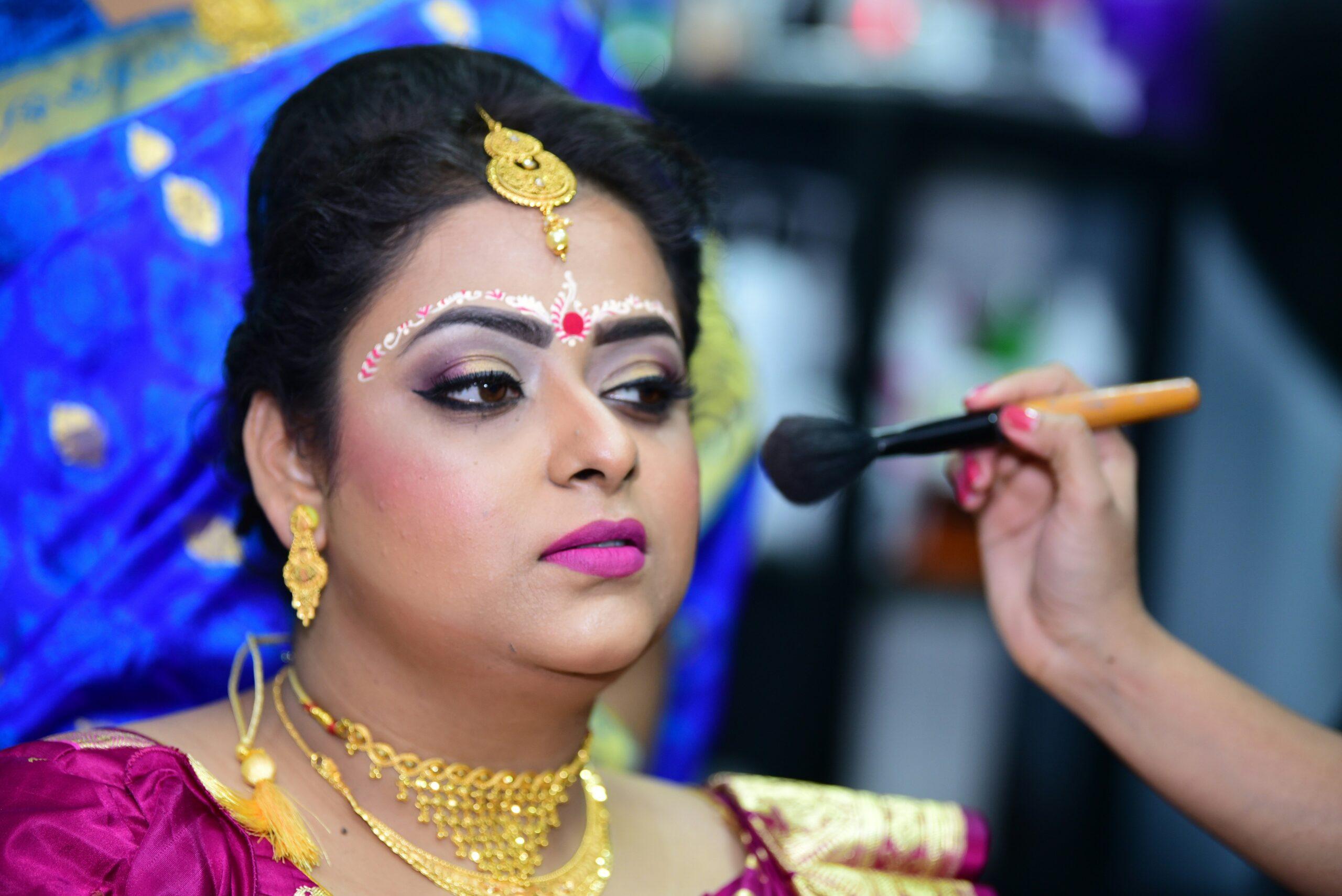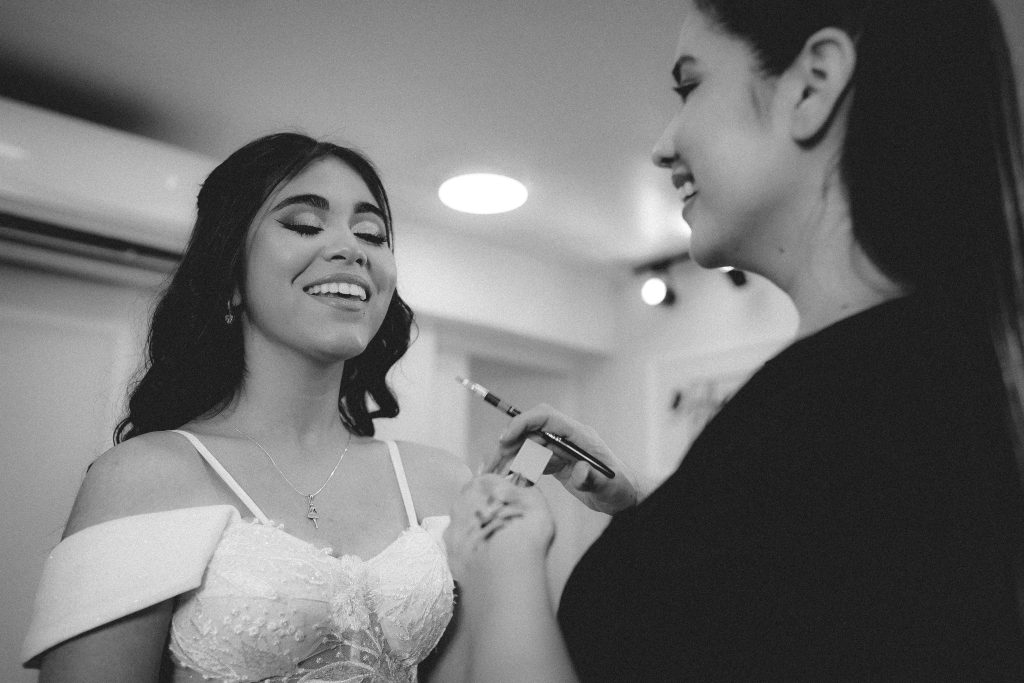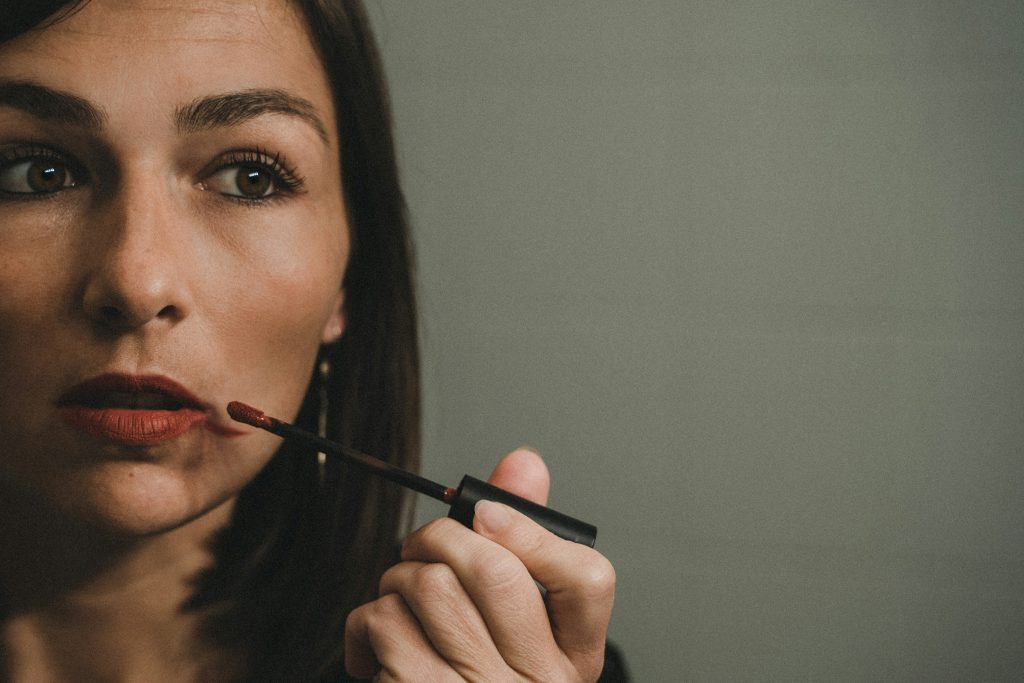Ever stared at your makeup kit, wondering why your bold winged liner suddenly looks like a toddler’s crayon art? Yeah, same. Professional face makeup isn’t just about having the right brushes (though those help). It’s an art form, and mastering it is the difference between Insta-worthy glam and… well, clown school.
In this guide, we’ll walk you through everything you need to know to elevate your skills in professional face makeup. From foundational techniques to pro-level hacks, you’ll learn how to craft flawless looks that scream “high-paid artist.” Let’s get into it.
Table of Contents
- The Problem With Amateur Face Makeup
- Step-by-Step Guide to Perfect Professional Face Makeup
- Pro Tips for Stellar Results
- Real-World Examples of Successful Makeovers
- FAQs About Professional Face Makeup
Key Takeaways:
- The foundation of professional face makeup lies in understanding skin types and tones.
- A systematic approach—prepping, priming, applying—ensures seamless results.
- Use tools strategically; blending sponges and brushes are game-changers.
- Investing in quality products pays off in longevity and finish.
The Problem With Amateur Face Makeup
I once tried to recreate Kim Kardashian’s contour using drugstore bronzer. Spoiler alert: My face looked less “chiseled goddess” and more “orange mime.” This is where most beginners trip up—they dive headfirst into trends without understanding the basics.
Why does this matter? Professional face makeup isn’t just for show—it’s functional. A properly applied base can smooth uneven texture, correct discoloration, and enhance features naturally. But when done wrong? Hello patchy foundation and muddy shadows.

(Image: Side by side comparison showing flaws in amateur vs. polished professional face makeup.)
Step-by-Step Guide to Perfect Professional Face Makeup
Optimist You: “Follow these steps!”
Grumpy You: “Ugh, fine—but only if coffee’s involved.”
Step 1: Prep Like a Pro
Start with clean, moisturized skin. Hydration = happy canvas. Apply a lightweight primer tailored to your client’s skin type (silicone-based for smoothing, water-based for hydration).
Step 2: Build Your Base
Dab—not smear—foundation onto the center of the face and blend outward using a damp sponge or buffing brush. Less is more here; build coverage gradually.
Step 3: Ace the Contour
Contour should mimic natural shadows. Stick to areas like cheekbones, jawline, and temples. Blend thoroughly to avoid harsh lines.
Step 4: Highlight Strategically
Pick cream or powder highlighters based on desired intensity. Focus on high points: cheekbones, brow bones, cupid’s bow.
Step 5: Set Everything
A light dusting of translucent powder locks everything in place. Avoid heavy-handedness—you want fresh, not cakey.

(Image: Close-up photos demonstrating each step of blending professional face makeup.)
Pro Tips for Stellar Results
- Always color-match! Use multiple shades of foundation to match different areas of the face.
- Skin prep = secret weapon. Exfoliate lightly before makeup sessions to ensure smoothness.
- Know your brushes. Synthetic bristles work best for liquid products; natural fibers excel with powders.
- Layer wisely. Thin layers create dimension; globbing leads to disaster.
- Beware the shine monster. T-zone touch-ups prevent midday meltdowns.
Real-World Examples of Successful Makeovers
Meet Sarah, a budding makeup artist who transformed her career after nailing her signature “flawless bridal glow.” She attributes her success to perfecting her base work—a lesson learned after botching her first wedding gig (“I thought blotting papers were optional,” she laughs).

(Image: Before and after transformation featuring radiant professional face makeup.)
Takeaway? Practice until perfection becomes second nature. Study successful artists, replicate their techniques, and refine your style.
FAQs About Professional Face Makeup
What’s the best foundation for oily skin?
Mattifying formulas with oil-control properties reign supreme. Look for keywords like “long-wear” or “oil-free.”
How do I prevent my makeup from creasing?
Primer is key. Opt for hydrating formulas under concealer to avoid dry patches that exacerbate creasing.
Is airbrush makeup better than traditional methods?
Depends on preference and occasion. Airbrush offers even coverage but lacks precision for detailed work.
Conclusion
Congrats—you now have the blueprint for mastering professional face makeup. Remember, practice makes permanent. Don’t be discouraged by initial fails; every Picasso started somewhere. Keep experimenting, learning, and refining.
“Like a Tamagotchi, your craft needs daily care—feed it passion, nurture it with education, and watch it thrive.”


